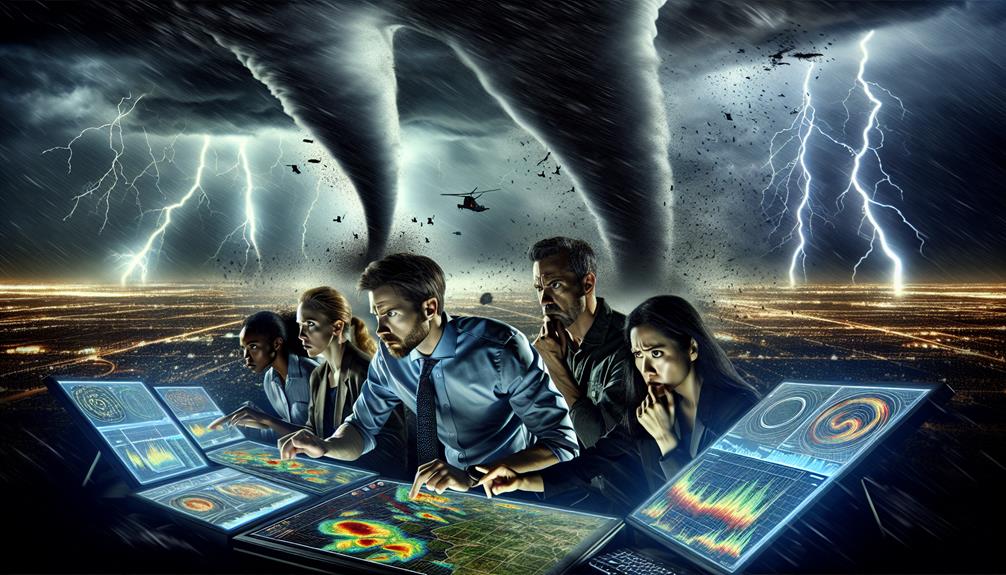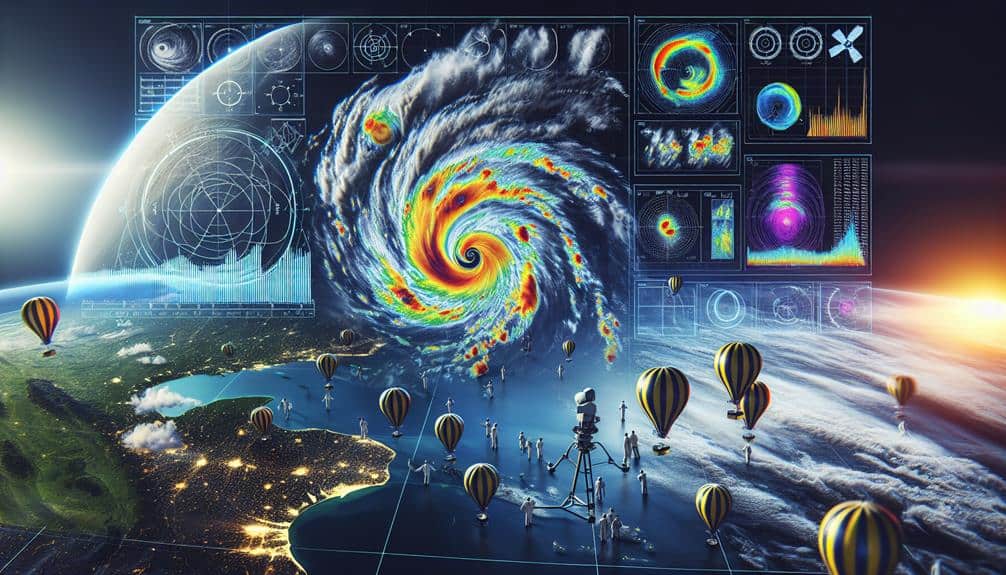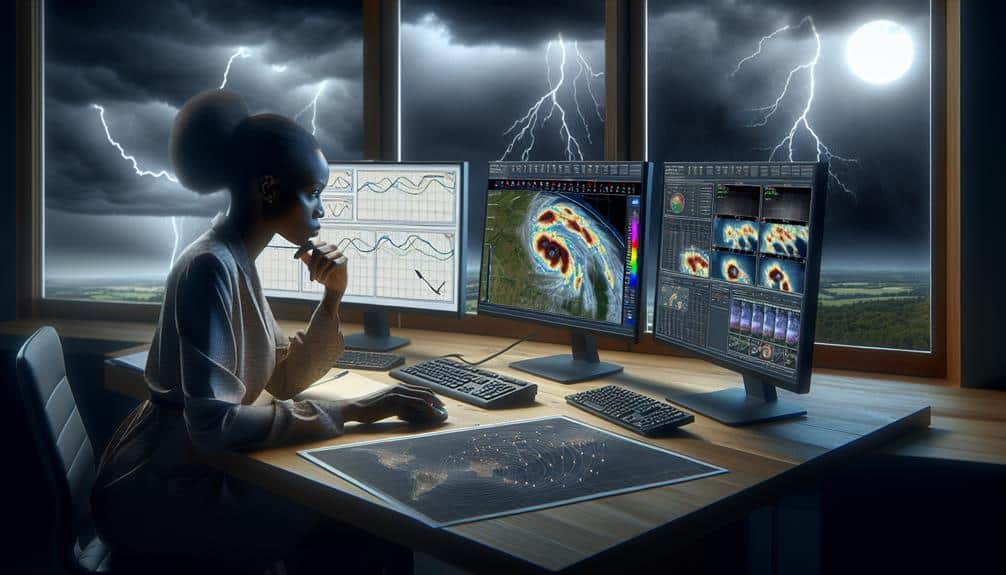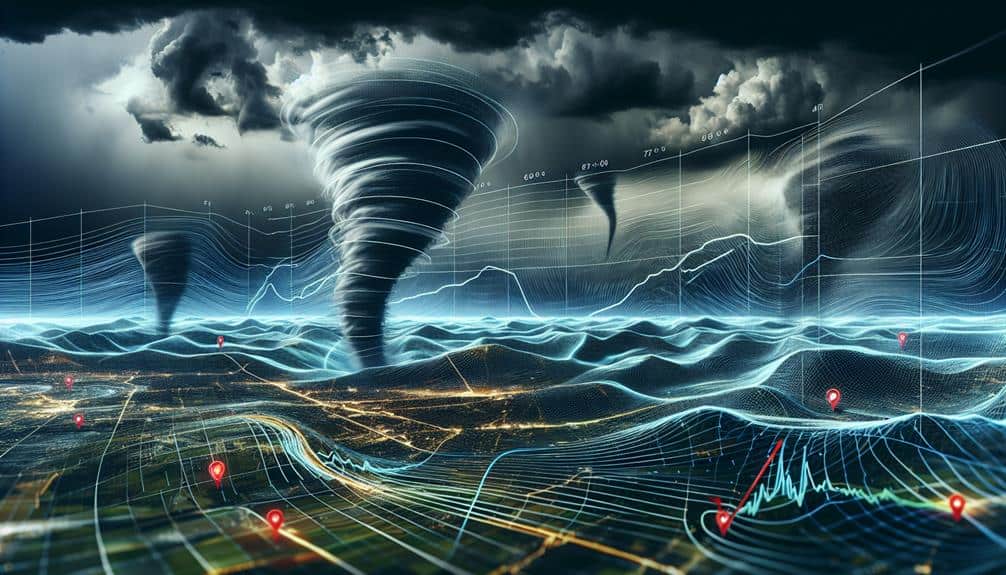Effective Meteorological Data Validation Methods for Storm Tracking
We prioritize the accuracy and reliability of storm tracking by employing advanced meteorological data validation methods. We use calibrated ground-based observations, cross-verify satellite data, and analyze radar accuracy to guarantee precise measurements. We rigorously control wind speed and direction data, monitor temperature and humidity, and validate precipitation measurements. We maintain long-term dataset consistency by detecting […]
Effective Meteorological Data Validation Methods for Storm Tracking Read More »









